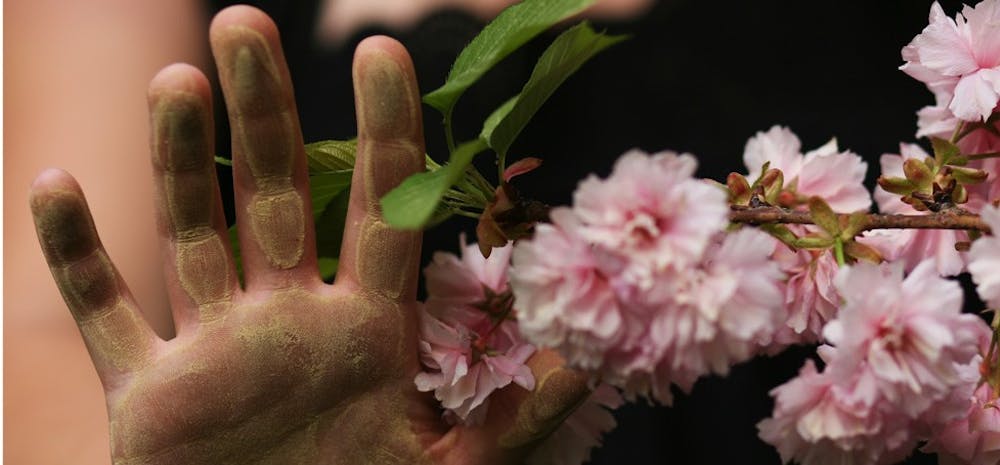Correction (April 12 12:30 a.m.): Due to a reporting error, this story incorrectly stated that sophomore Dakota Williams was a junior. The story has been changed to reflect the correction. The Daily Tar Heel apologizes for the error.
For a campus that usually sports Carolina blue, UNC is looking a little yellow.
That’s because the pollen covering campus these days is at its highest level since 2003 — seven times worse than is expected for this time of the year.
UNC students are reacting to the thick pollen with a mixture of irritation and humor.
How to deal with allergies
Stay indoors as much as possible. If you usually exercise outside, move it to the gym.
Don’t open your windows and let pollen into your room. If you have an air conditioner, turn it on because it will filter the air.
Take over-the-counter or prescription allergy medicine. Also consider over-the-counter eyedrops.
Source: Mary Covington, executive director of Campus Health Services
One student attempted to turn a thick layer of pollen into a patriotic statement by writing part of the Declaration of Independence in a coat of pollen on a handrail outside of Morrison Residence Hall.
“I thought it was pretty hilarious,” said sophomore Dakota Williams. “It was a good way to make fun of something that no one is particularly enjoying.”
Other students said the pollen covering campus has become a nuisance.
“It’s pretty ridiculous,” said sophomore Kesha Hudson. “I have a black car, and now it is yellow.”



